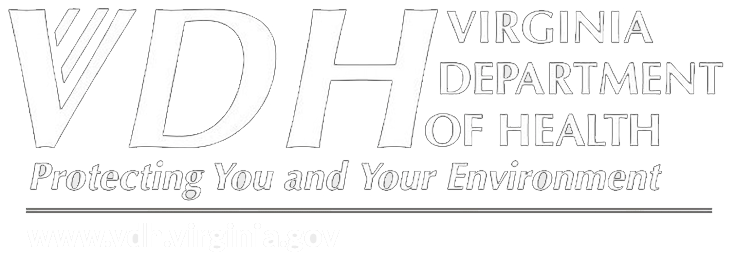Suicide is a serious public health problem among all age groups. Among youth, it exacts an enormous toll due to the significant years of potential life lost. In 2020, suicide was the second leading cause of death among youths ages 10 – 24 years of age.
Youth suicidal thoughts, attempts and deaths have been on the rise in some
groups, particularly black youth. Far more adolescents have suicidal thoughts or attempt suicide and survive than those who die by suicide. Results from the 2019 Youth Behavioral Risk Factor Surveillance System show that 18.8% of high school students seriously considered attempting suicide and 8.9% attempted suicide.
Here in Virginia, key stakeholders are working together to prevent student suicide.
For the past several years, the Virginia Department of Education (VDOE) has partnered with the Virginia Department of Health (VDH) to raise awareness about suicide prevention.
Schools are key settings for suicide prevention, intervention, and postvention. Most children and youth spend most of their day in school where caring and trained adults are available to help them. Teachers, mental health providers, and all other school personnel who interact with students can play an important role in keeping them safe.
The Virginia “Youth Suicide Prevention Plan” (House Document 29, 2001) recommended that the Virginia Department of Education revise the Suicide Prevention Guidelines to include criteria for follow-up with parents of students expressing suicidal intentions after initial contact has occurred. That revision was adopted by the Board of Education in 2003.
In 2019, in an effort to further protect the health and safety of all students, the Governor’s Children’s Cabinet Student Safety Workgroup recommended that the Virginia Department of Education (VDOE) update and disseminate the Virginia Suicide Prevention Guidelines to all school divisions in a timely manner in collaboration with the Virginia Department of Health (VDH), the Virginia Department of Behavioral Health and Developmental Services (DBHDS), and the Virginia Center for School and Campus Safety (VCSCS).
The updated guidelines include information about the following critical areas: suicide prevention and intervention; screening; risk factors; messaging to students, staff, and parents and caregivers about recognizing and reporting behaviors; how and where to report concerning behaviors; engaging students during key transitional periods when data indicate that suicide rates are higher; how to engage students who may be experiencing suicidal thoughts; how to support students returning to school after treatment; postvention; and how to engage with students after a member of their community has died by suicide.
The revised guideline document can be read in its entirety by visiting: https://www.doe.virginia.gov/support/prevention/suicide/suicide-prevention-guidebook.pdf.
